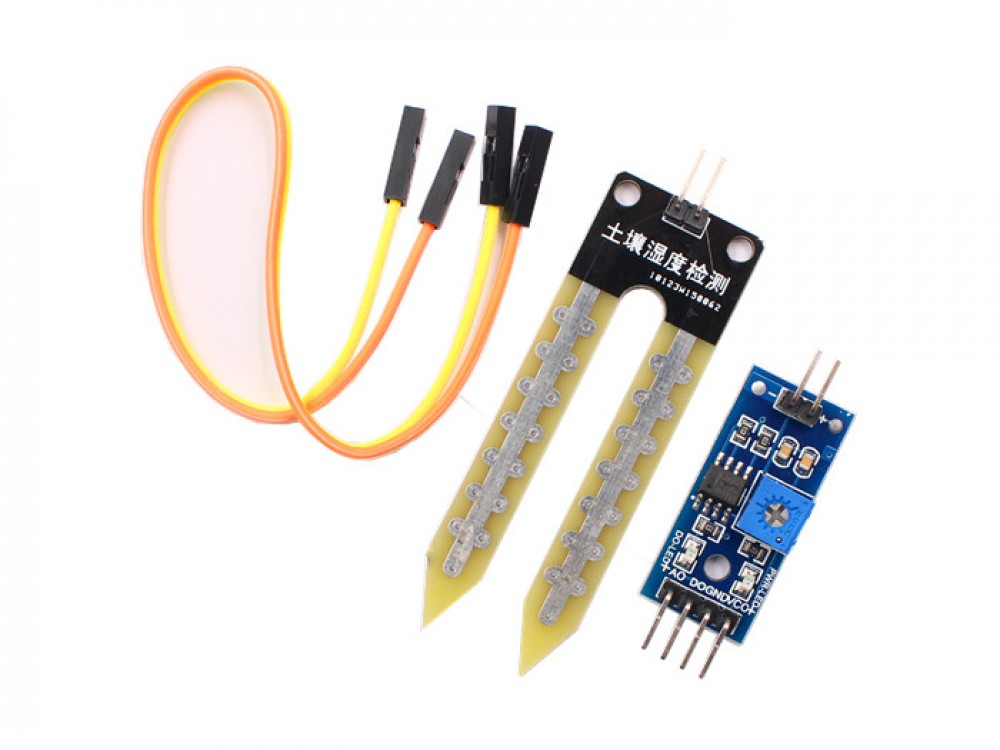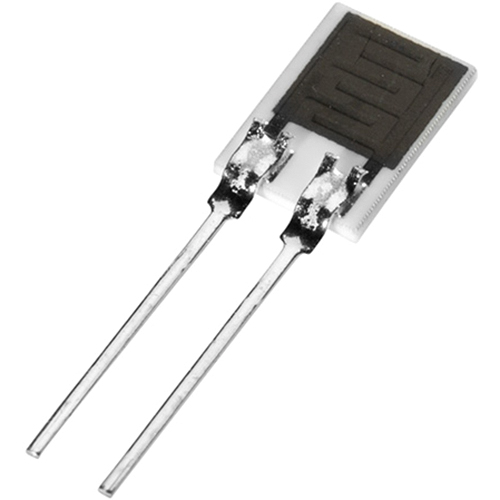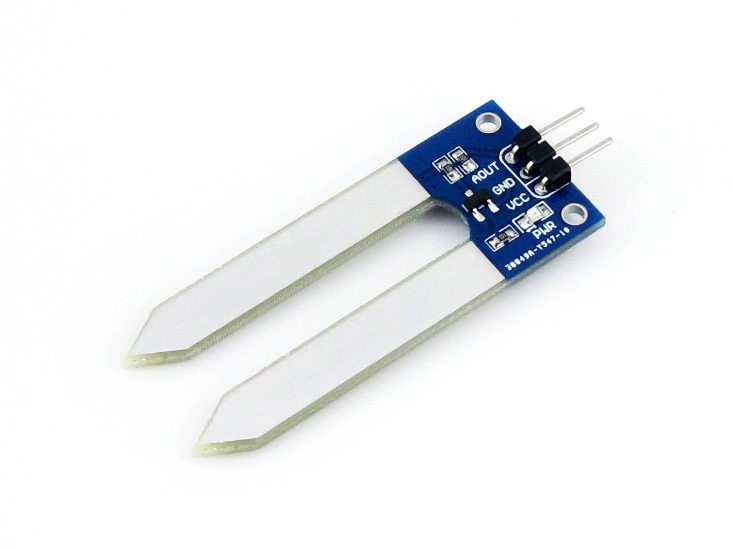In this article from Linquip, we will find the answer to “what is a humidity sensor?” and different aspects of humidity sensors as well as their types. Keep on reading to get to know these sensors.
What is a humidity sensor?
Humidity sensors are electronic devices enabling you to measure the environment’s humidity and convert the data into a corresponding electrical signal that can be used for different purposes. You might have heard a different humidity sensor name: Hygrometers! They are also called hygrometers but “humidity sensor” is more common.
What is the humidity that humidity sensors measure?
Humidity is actually the presence of water in the environment. It is important to measure the amount of water vapor in the air since it can have huge effects on our lives as well as different manufacturing processes. So the next time someone asks: “what is a humidity sensor and why it matters?” you then know how important they are in every aspect of our day-to-day life because humidity has an influence on chemical, biological, and physical processes. Air humidity sensors measure this amount and convert it into a readable form of data for external uses.
How do humidity sensors work?
In order for you to have the best answer to the question you searched for (what is a humidity sensor?) you should also know how these sensors work.
Humidity sensors have been designed in a way that they can detect any changes altering electrical currents or the air’s temperature.
Different types of humidity sensors can monitor minute changes in the atmosphere and can calculate the level of humidity in the air by the collected data.
Different types of the humidity sensor
Humidity sensors are categorized based on their size as well as their functionality. They have two different methods to measure humidity: Absolute Humidity (also known as AH) and Relative Humidity (AKA RH). The type that measures absolute humidity utilizes two probes. One of them measures dry nitrogen and the other one has been designed to measure the environment’s air. By having these two data, the sensor can calculate AH.
The other type that measures the relative humidity compares the instant humidity at the given temperature with the highest amount of the air’s humidity at the exact same temperature.
Now, to get deeper into knowing “what is humidity sensor” we will talk about three basic types of humidity sensors: Capacitive, Resistive, and Thermal.
– Capacitive
Capacitive humidity sensors are one of the most common relative humidity sensors. Capacitive humidity sensors have been designed to measure the relative humidity by the placement of a thin metal oxide between two electrodes. When there’s a change in the relative humidity of the atmosphere, the electrical capacity of the metal oxide will change. These sensors are linear and they can measure relative humidity ranging from zero to 100 percent. You can use the capacitive humidity sensor for weather, industry, or commercial applications.
– Resistive
Another type of humidity sensor is the resistive one which adds up to the one you’ve already read above in the description of “what is a humidity sensor?” This sensor measures the atoms’ electrical impedance by utilizing ions in salts. The change in the humidity causes a change in the resistance of the salt medium’s electrodes. These sensors are capable of storing an electric charge and they are also among the most common RH sensors.
These sensors cost less than other types and they can be used for remote monitoring applications such as large places where the distance between the signaling circuit and the element of the sensor is large.
– Thermal
Thermal sensors are categorized as the type that measures the AH (or absolute humidity). They are great for places with high temperature or ones that have corrosive environments. For measuring the humidity of the environment with this humidity sensor, one thermal sensor measures the ambient air while the other sensor is encased in dry nitrogen. Then, the difference between the two collected data enables you to measure the humidity. In other words, they measure absolute humidity by finding the difference between the dry air and the humid air’s thermal conductivity.
Where can I use a humidity sensor?
You can use these sensors for a wide variety of applications; from smartphones to air quality monitoring systems. Keep in mind that the humidity sensors that are used in air quality monitoring systems are considerably larger than the ones used in smartphones. There are different uses for these sensors in the medical, HVAC, medical, and meteorology industries as well. For example, when the humidity in the environment of your room is high and is making you uncomfortable, you can easily press a few buttons on the AC and it will be all okay in no time. This is partly due to the humidity sensors that are installed inside the AC that measure the moisture and the temperature of the air. Plus, they can help save the ones who have trouble breathing by keeping the air’s moisture at the desired level.
So, there you have it! That was all there was to know regarding the question “what is a humidity sensor?” Comment below and let us know what you think of these sensors. And Linquip is also here to answer all your questions about different kinds of sensors and how they work. If you have any questions, feel free to comment below and we will get back to you ASAP! You can also sign up on our website and our experts will help you right away.
Buy Equipment or Ask for a Service
By using Linquip RFQ Service, you can expect to receive quotations from various suppliers across multiple industries and regions.
Click Here to Request a Quotation From Suppliers and Service Providers
Read More On Linquip





